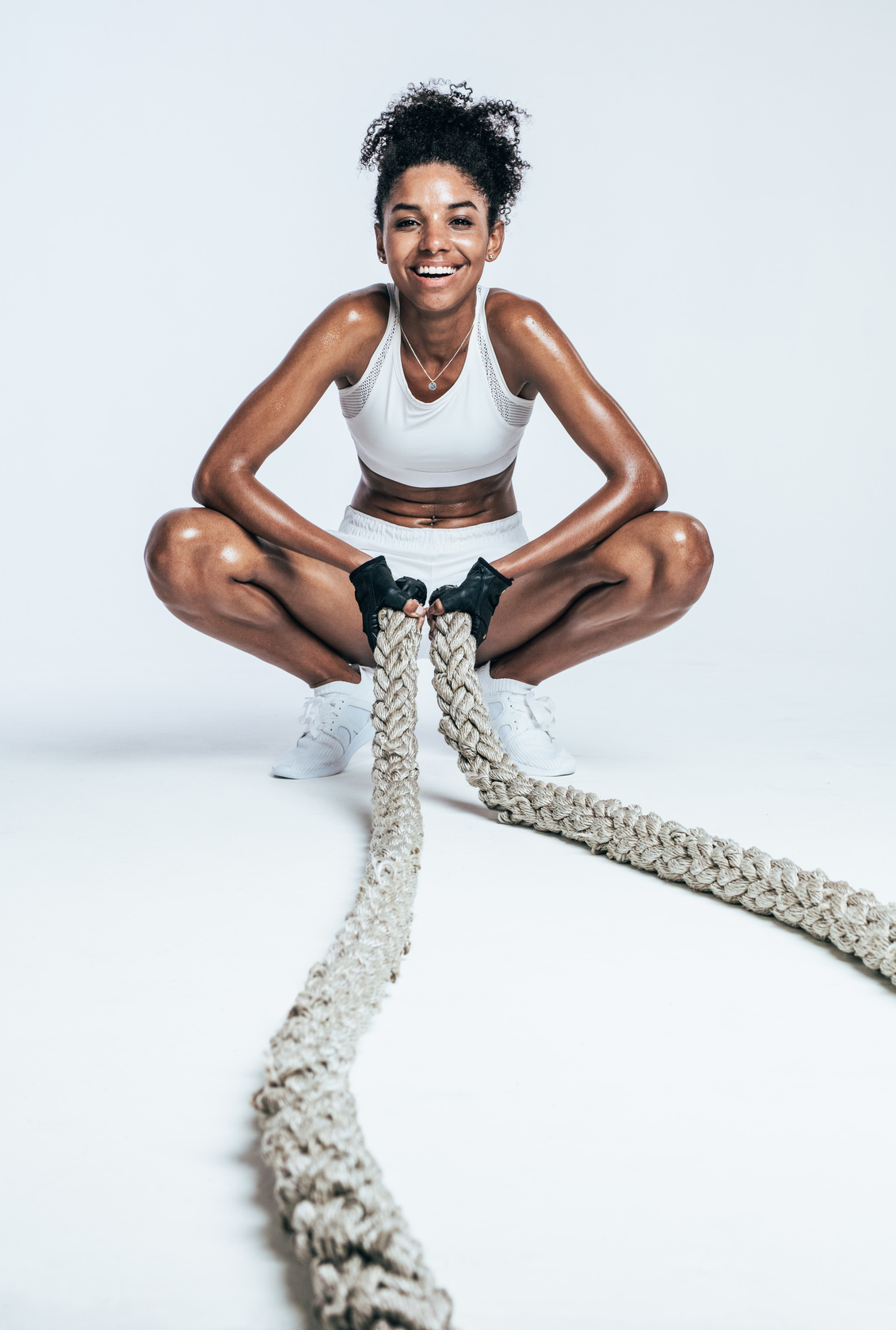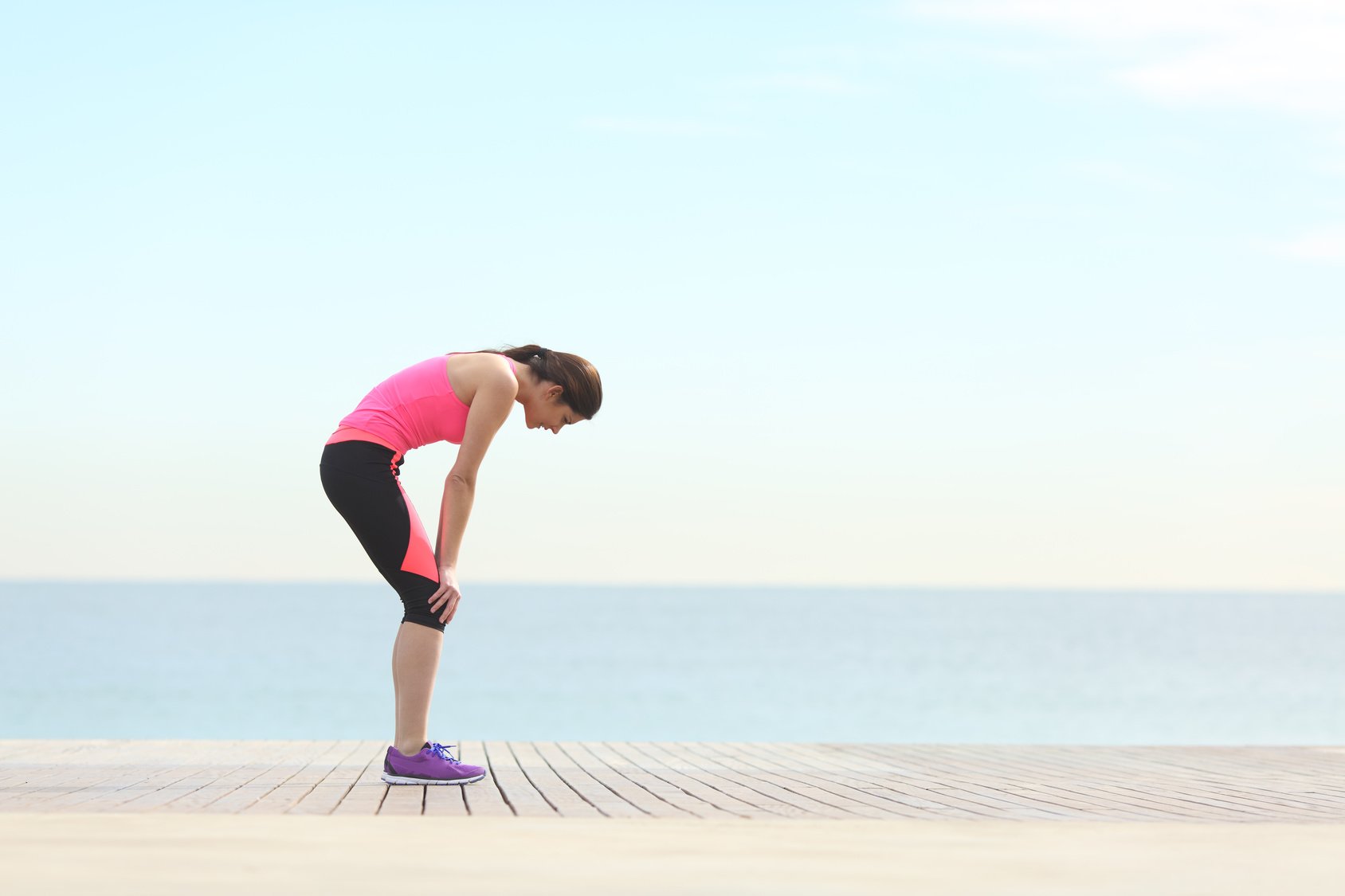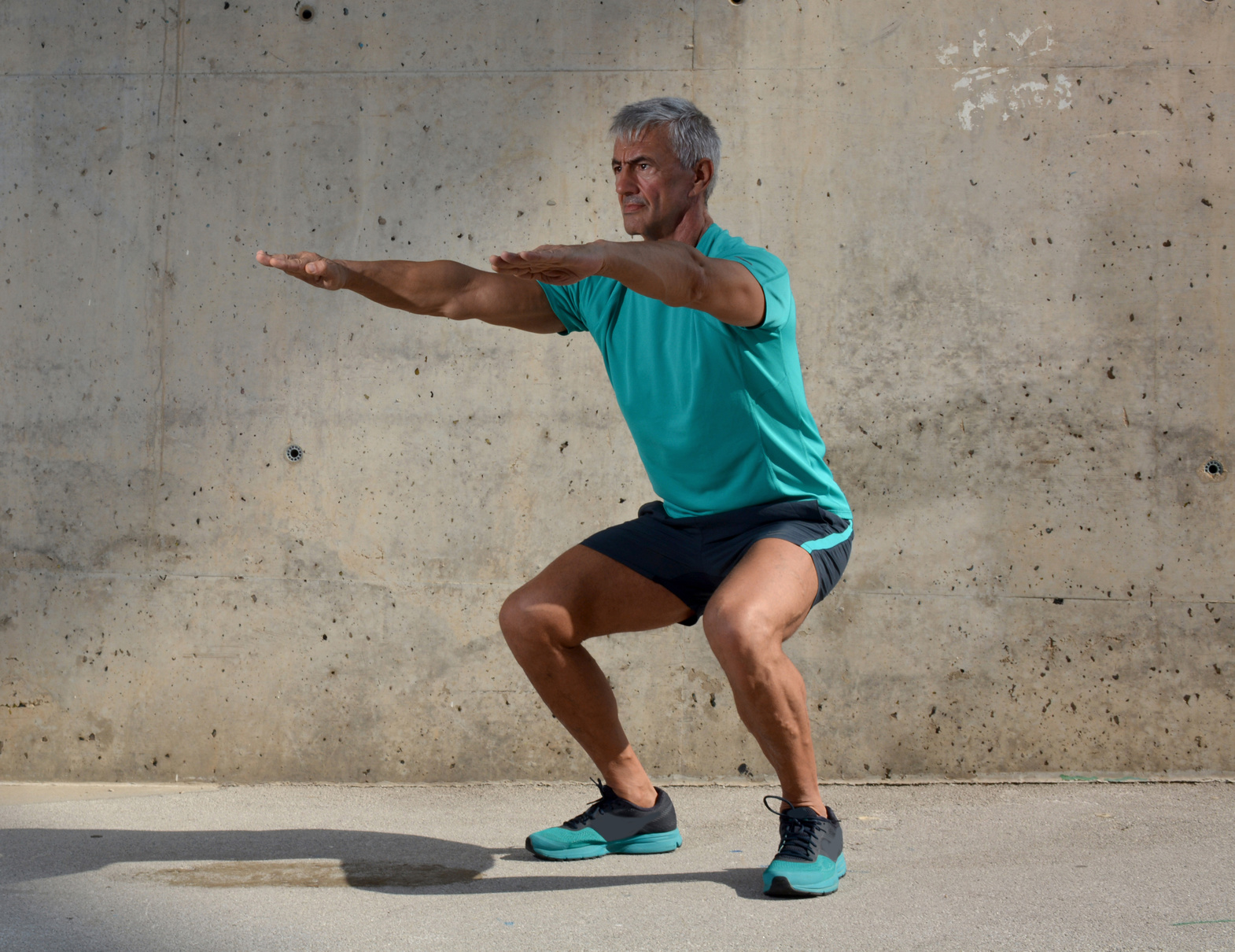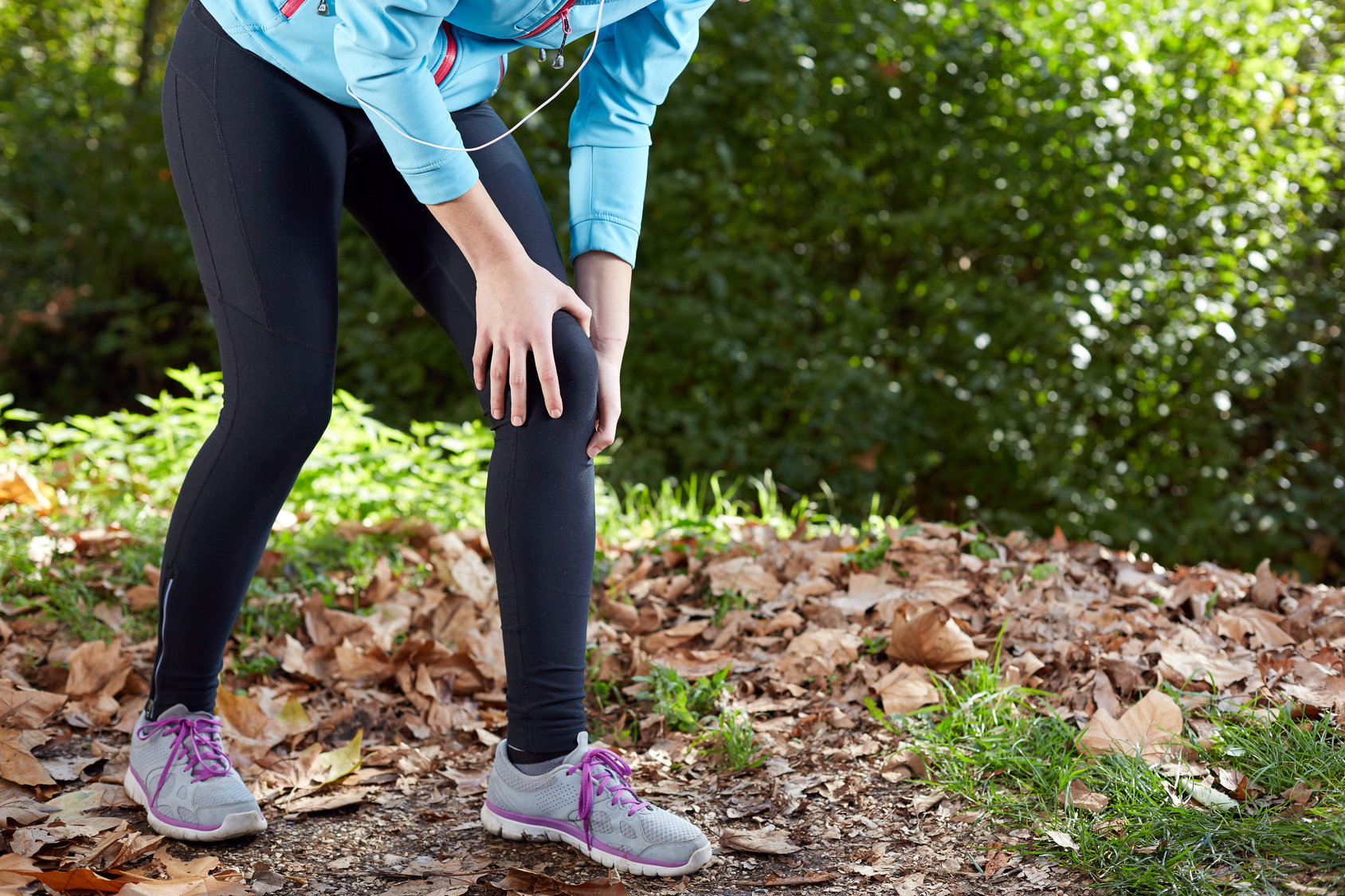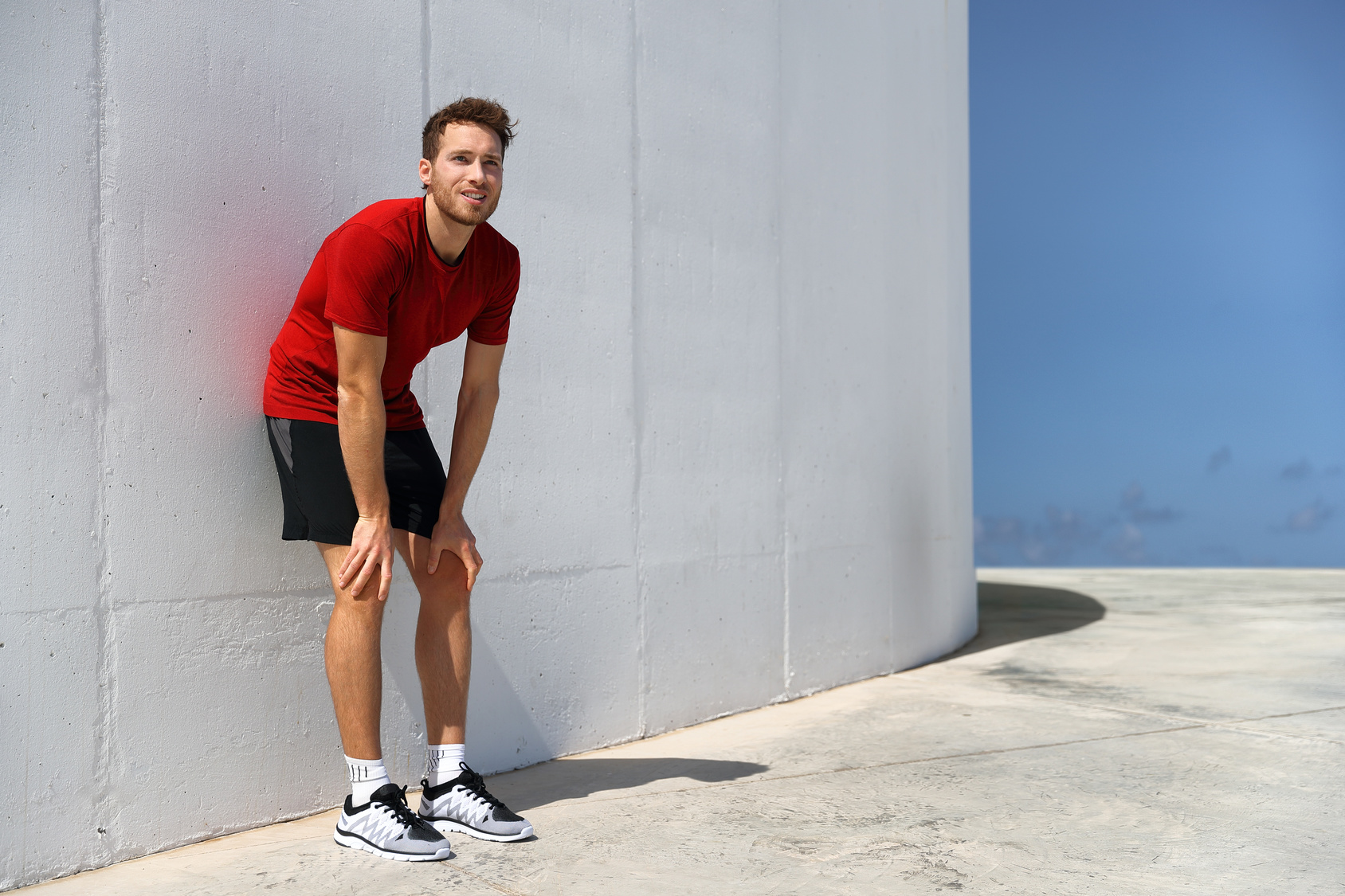Ready to unlock the secrets that’ll make running feel like a breeze?
Well, you’re in for a treat because I’ve got a bag full of tricks that’ll transform your running game from a tough challenge into a thrilling adventure.
So, whether you’re just lacing up your sneakers for the first time or you’re a seasoned pro looking to make each stride feel like a victory lap, I’ve got your back. In today’s post, I’m spilling the beans on my favorite training strategies that’ll turn your runs into a joyful and exhilarating experience.
And trust me, these tricks aren’t your average run-of-the-mill tips. No, no. These are the secret ingredients that’ll sprinkle a dash of magic onto your running routine, making those miles fly by with ease.
Are you ready? Let’s lace up and dive in!
Start Slowly
I’ve got the golden rule that’s going to be your guiding star: start slow and steady.
Think of this advice as your trusted running compass, leading you towards a rewarding and enjoyable running experience. I know you’re excited to hit the ground running (literally), but remember, Rome wasn’t built in a day, and your running prowess won’t be either.
So, when you lace up those sneakers and hit the pavement, channel your inner tortoise. Trust me, it’s not about speed at this point; it’s about building a solid foundation. Imagine having a chat with your running buddy while you’re at it – that’s your sweet spot.
If you find yourself gasping for air and unable to utter a single word, it’s time to dial it back a notch. Your goal is to find that sweet conversational pace, where running feels like a breeze and every step brings you closer to your running dreams.
Remember, this isn’t a sprint, it’s a marathon – pun intended. So take a deep breath, embrace the pace, and let’s start this journey on the right foot, one comfortable stride at a time!
Take Walk Breaks
Ready to sprinkle some magic into your runs? Here’s a little secret: walking breaks are your new best friend.
Think of them as your power-ups, strategically placed along your running route to keep you in the game for the long haul. You see, adding these little intervals of walking isn’t a sign of weakness; it’s a smart move that’ll have you conquering miles like a pro.
It’s like pressing pause on a challenging level of a video game to catch your breath and regain your strength. Once you’re back in control and ready to rock, hit that play button and start running again.
Here’s the beauty of it: those walking breaks are your secret weapon for building endurance without the dreaded risk of overdoing it. So, don’t think of them as breaks; think of them as your secret training sessions that’ll have you running stronger and longer in no time.
And guess what? Every time you press play after a walking break, you’re not just a runner – you’re a master of the game, taking charge of your journey and embracing every step of the way. So lace up, sprinkle in those walking power-ups, and let’s make your running adventure even more legendary!
Pair Up
Running solo is great, but running with a buddy? It’s a whole new level of awesome. It’s like having your own personal cheerleader, coach, and partner-in-crime all rolled into one.
But it’s not just about the warm fuzzies. Nope, a training buddy is like your secret weapon against procrastination and inconsistency. When you commit to running with a buddy, you’re not just letting yourself down if you skip a run – you’re letting down your partner too. And nobody wants that guilt trip!
So, who’s your partner in crime gonna be? Your best friend? A family member who secretly dreams of being the next marathon champ? Or that coworker who’s always up for a challenge? Whoever it is, make sure you’re both in sync when it comes to goals and fitness levels.
And hey, here’s a pro tip: don’t limit yourself to just one buddy. Mix it up! Each running buddy brings a unique flavor to your workouts, and variety keeps things exciting.
Reward Yourself
I’m a big fan of using incentives to increase motivation while running. This simple act has helped me overcome many an obstacle.
I can’t recommend it enough.
That’s why I encourage you to come up with a list of enjoyable activities.
It can include everything from going on a vacation or a fun night out with friends to a message, or even a new pair of running shoes.
Next, once you’ve reached a particular running goal, refer back to your activity list and reward yourself.
Your accomplishment might be something like:
- Achieving a specific mileage goal or speed,
- Losing a certain amount of weight,
- Making it into the top ten in your age group in a race, etc.
One important rule is that food should not be on your reward list, especially when you’re trying to lose weight.
Food can have lots of emotional baggage, and using it as a reward can do a lot more harm than good.
You can’t outrun a crappy diet, no matter how fast you get.
Strength Train
If you’re all about that runner’s high, let me hit you with some truth: weight training is the secret sauce that’s gonna take your running game to the next level. And hey, I’ve said it before, but I’ll shout it from the rooftops – it’s that important!
Think about it like this: your muscles are the engine that propels you forward, and weight training is the fuel that makes that engine roar. It’s not just about looking like a beast – although that’s a nice bonus – it’s about powering up those key running muscles.
Now, let’s talk about the moves that are gonna turn you into a running machine. Squats? Yep, they’re your new best friend. Deadlifts? Say hello to those hamstrings! Planks? Oh, they’re gonna give you a core of steel. And let’s not forget about those walking lunges and burpees – they’re like a secret weapon against burnout.
So here’s the deal: mix up your running routine with some solid strength sessions. Your body will thank you, your runs will feel like a breeze, and you’ll be zooming past those finish lines like the unstoppable force of nature that you are! https://www.youtube.com/watch?v=rrD6rciTq-s
Here are five strength routines to try:
Smile and Relax
Did you know that a simple smile, even if it’s a bit forced, can trick your brain into believing you’re on cloud nine? Yep, it’s science-backed happiness magic right there!
Here’s the deal: when you flash those pearly whites, your brain goes into action mode, releasing a whole bunch of those delicious feel-good chemicals. We’re talking stress reduction, happiness promotion – the works! And here’s the kicker – it works even if you’re faking it!
Now, let’s talk about how this magic smile can transform your running game. We all know those moments when the going gets tough and the pain kicks in. But guess what? That subtle smile on your face can work wonders in easing that pain away. Your brain will be like, “Hey, everything’s all good here!”
And speaking of tension – that’s a sneaky little saboteur that can creep up on you while you’re pounding the pavement. You might not even realize it, but that clenched fist or that furrowed brow? They’re adding unnecessary tension that’s not doing you any favors.
Proper Shoes
Let’s talk about your ultimate sole-mate – your running shoes.
If you’re looking to make your runs smoother and more enjoyable, listen up, because the right pair of kicks can make all the difference.
First things first, ditch those generic sneakers and head to a specialized running store. These folks are like matchmakers for your feet, and they’ll help you find the perfect shoe based on your unique needs.
When it comes to finding “the one,” a few key factors come into play. Your running gait – that’s how your feet hit the ground – is a biggie. Do you overpronate, underpronate, or are you a neutral runner? This info helps narrow down the options.
Your stride matters too. Are you a heel striker or do you hit the ground with the balls of your feet first? The shoe specialists will analyze your stride to recommend the best fit.
Oh, and don’t forget about your foot type. Are you blessed with high arches, flat feet, or somewhere in between? This plays a role in finding the right level of support.
Now, I know the price tag at a running specialty store might give you pause, but trust me, it’s worth every penny. Those shoes are tailored to your needs, helping prevent injuries, discomfort, and those dreaded blisters.
The Right Playlist
Bob Marley knew what he was talking about when he said, “One good thing about music, when it hits you, you feel no pain.”
Turns out, music isn’t just a catchy tune to pass the time – it’s a secret weapon for making exercise easier and more enjoyable. When you’re hitting that wall of fatigue, music steps in as the ultimate distraction, helping you push through those tough moments.
But wait, there’s more! Music isn’t just about distracting you from the burn – it actually boosts your mood and can make you feel less tired. Imagine having your very own personal cheerleader in your ears!
In fact, a study from Brunel University in London revealed that working out with music can take your performance to the next level. It’s like having a legal, performance-enhancing drug in your playlist.
Now, let’s put this into action. Create a playlist of your all-time favorite songs or explore apps like RockMyRun or TempoRun, which can help match your music to your running pace. Your beats per minute can sync up with your steps, making your runs feel like a dance party.
Stay in the Now
Welcome to the world of mindfulness in motion, where running becomes more than just a physical activity – it’s a journey into the present moment. Let’s dive into the magic of staying in the now.
Have you ever caught yourself thinking, “How much longer?” or “I can’t wait to be done”? We’ve all been there. But here’s the game-changer: instead of fixating on the finish line, shift your focus to the mile you’re currently conquering.
Think of it as meditation in motion – a practice that brings your attention to the here and now. By staying present, you’ll not only enhance your training but also experience a deeper sense of joy in every stride.
So, what’s the secret sauce? Engage your senses. Embrace the world around you as you run. Look closely at your surroundings, listen to the rhythm of your breath and the sounds around you. Feel the wind on your skin, the texture of your clothes. Breathe deeply, and savor each inhale and exhale.
Take a moment to appreciate the small wonders – the people you pass by, the dogs wagging their tails, and the birds in the sky. Let go of racing thoughts and immerse yourself in the simple beauty of the present.
Stay Consistent
When it comes to running, there’s no magic formula or secret potion. The key ingredient is good old-fashioned dedication and hard work. Just like any skill worth mastering, running requires consistent practice over an extended period of time.
Regular running builds strength in your essential running muscles, improves your cardiovascular endurance, and refines your running technique. Moreover, it conditions your body to handle the impact and demands of running, reducing the risk of injuries.
So, how do you turn commitment into reality? Create a weekly running plan and make it non-negotiable. Rain or shine, busy schedule or not, prioritize your runs. Plan to hit the pavement three to four times a week, throughout the year. Make these runs appointments with yourself that you honor, just like you would with work meetings or family gatherings.
The journey to becoming a stronger, more efficient runner is built on consistency. It’s about showing up and putting in the effort, even when motivation wanes or life gets busy. Remember, each step you take is an investment in your health, well-being, and the achievement of your running goals.
To keep you motivated, check my full list of running motivational quotes.
Conclusion
There you have it!
The above tips are all you need to help make your runs and workouts way easier, which, in turn, can help you stick with training for the long haul.
I’d love to hear from you in the comments section.
In the meantime thank you for reading my post.
Keep Running Strong
David D.


